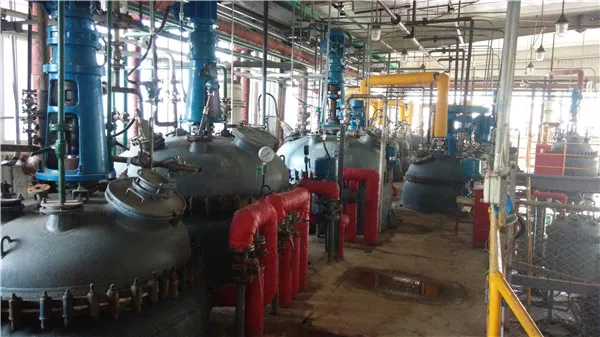Chemicals Used in Wastewater Treatment
Wastewater treatment is a crucial process that helps protect our environment and public health by removing contaminants from wastewater before it is released back into the environment. Various chemicals play an essential role in this process, facilitating the removal of harmful pollutants, disinfecting treated water, and ensuring that the effluent meets regulatory standards. This article explores the key chemicals used in wastewater treatment, their functions, and their importance.
1. Coagulants and Flocculants
Coagulation and flocculation are vital physical-chemical processes used in the primary treatment of wastewater. Coagulants, such as alum (aluminum sulfate) and ferric chloride, are added to wastewater to neutralize the charges of suspended particles, allowing them to clump together and form larger aggregates known as flocs. These flocs can then be easily removed by sedimentation.
Flocculants, on the other hand, are long-chain polymers that help to further agglomerate these flocs into even larger masses, improving their settling characteristics. Common flocculants include polyacrylamide and natural materials like starch. The effectiveness of these chemicals is critical in reducing turbidity and solid content in the effluent.
2. Disinfectants
Disinfection is a crucial step in treating wastewater to eliminate pathogenic microorganisms before the treated water is released. Chlorine has been the traditional disinfectant in wastewater treatment due to its effectiveness in killing a wide range of bacteria and viruses. However, residual chlorine can create harmful byproducts, which has led to the increased use of alternatives like ultraviolet (UV) light and ozone.
UV disinfection effectively inactivates pathogens by damaging their DNA without introducing harmful chemicals to the water. Ozonation, which uses ozone gas to disinfect water, is effective in killing bacteria and viruses, and it helps in breaking down complex organic pollutants. The choice of disinfectant depends on factors such as cost, efficacy, and environmental impact.
3. pH Adjusters
what chemicals are used in wastewater treatment

Managing the pH of wastewater is important for both the treatment process and the final effluent quality. Chemicals such as sulfuric acid or sodium hydroxide are commonly used to adjust the pH levels. An optimal pH range is crucial for effective coagulation and disinfection processes. For instance, if the pH is too high or too low, it can negatively impact the efficiency of coagulants, flocculants, and disinfectants.
4. Nutrient Removal Chemicals
In many wastewater treatment plants, particularly those treating municipal wastewater, nutrient removal is essential for preventing eutrophication in receiving water bodies. Nitrogen and phosphorus are primary nutrients that can cause algal blooms. Chemicals such as sodium nitrate, ferrous sulfate, and alum are used to facilitate the removal of these nutrients. Biological processes, enhanced by the use of specific chemicals, can effectively reduce nitrogen and phosphorus levels.
5. Defoamers
Foaming is a common issue in wastewater treatment due to the presence of surfactants and organic matter. Excessive foam can hinder the separation processes and interfere with equipment operation. Defoamers, such as polydimethylsiloxane formulations, are added to control foam formation and ensure smooth operation of treatment facilities.
6. Advanced Oxidation Processes (AOPs)
AOPs are innovative methods used to treat recalcitrant pollutants that are difficult to degrade through traditional methods. These processes often involve the generation of hydroxyl radicals through the combination of oxidants such as hydrogen peroxide, ozone, and ultraviolet light. AOPs effectively break down complex organic pollutants into simpler compounds that can be further treated.
Conclusion
The choice and application of chemicals in wastewater treatment are fundamental to ensuring that treated water meets safety and environmental standards. By utilizing a variety of chemicals, wastewater treatment facilities can effectively remove contaminants, disinfect the water, control pH, remove nutrients, and improve overall effluent quality. As environmental regulations evolve and the demand for clean water increases, continued research and development in chemical applications for wastewater treatment will be critical in addressing these challenges and safeguarding our water resources for future generations.

